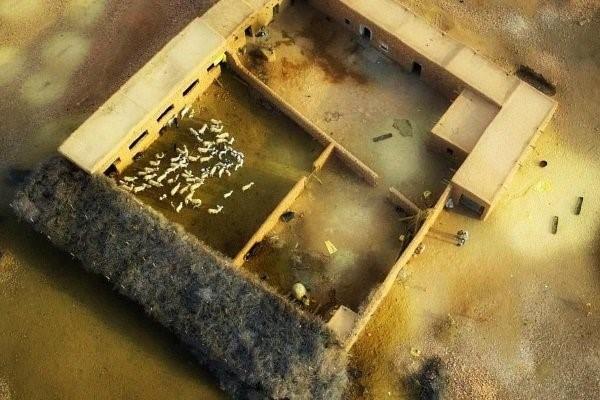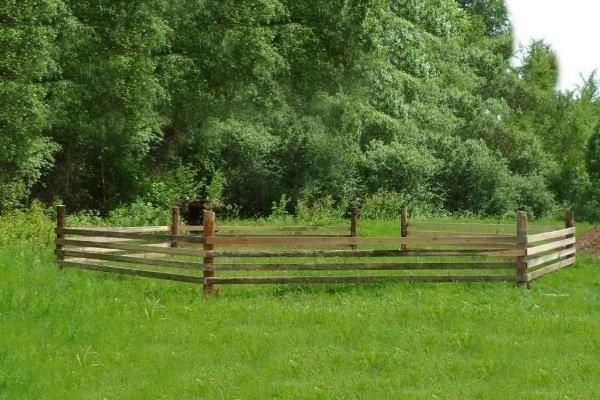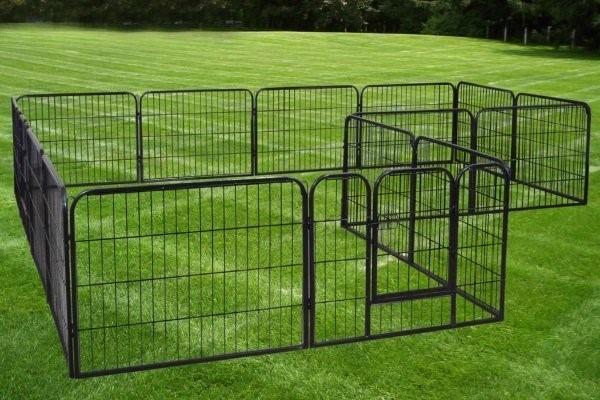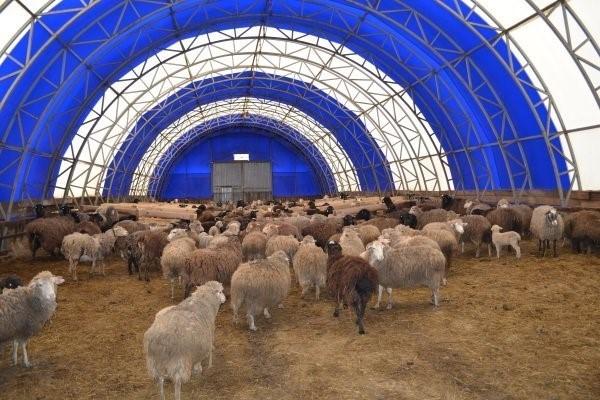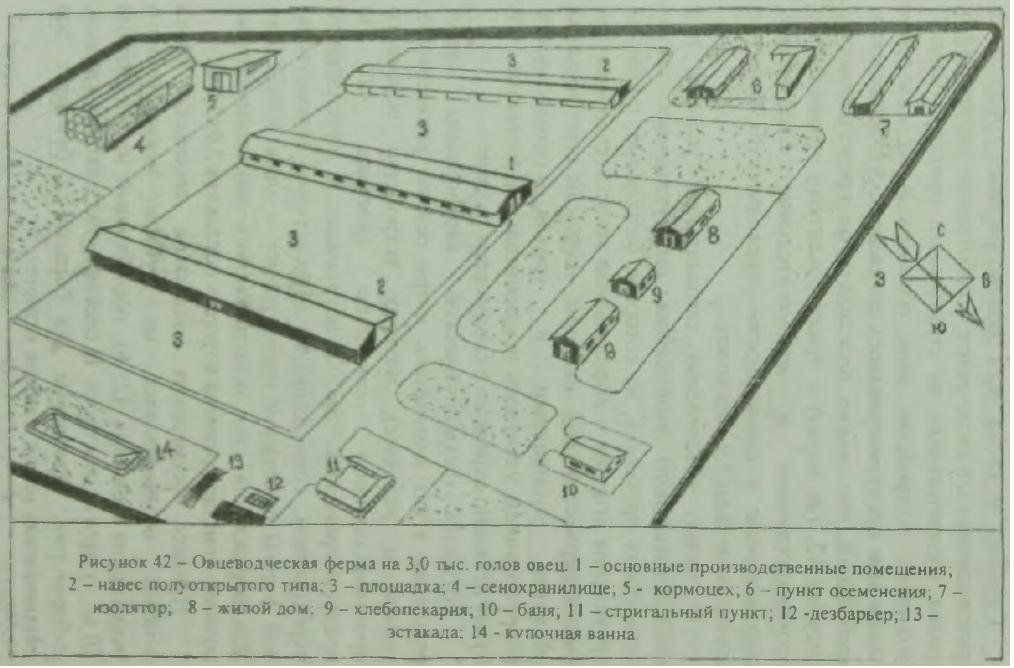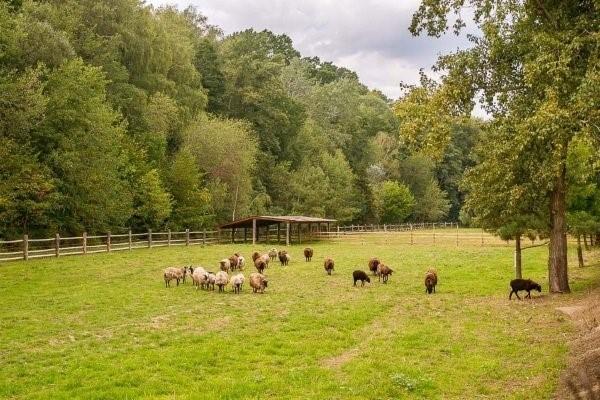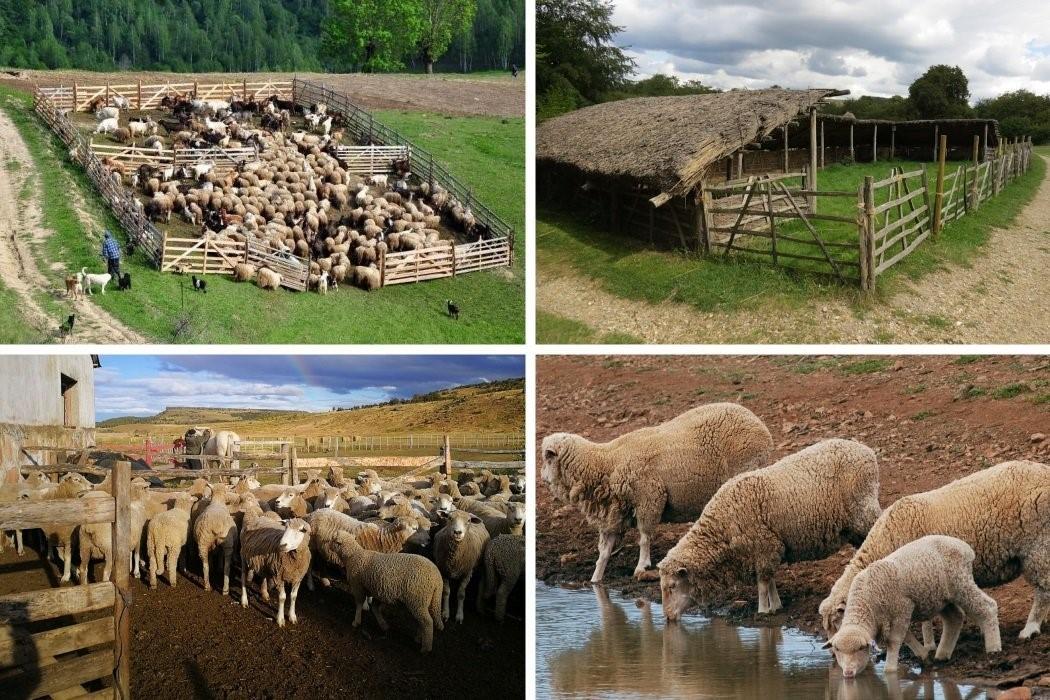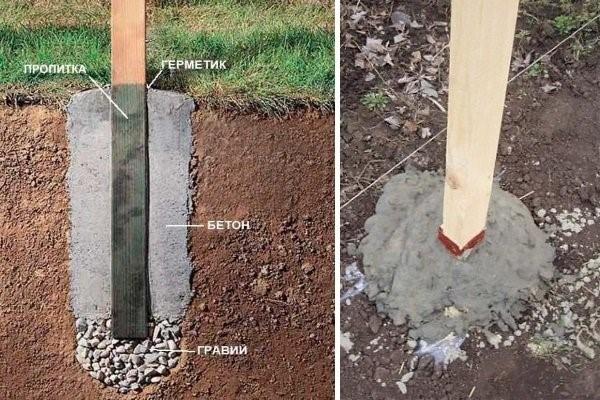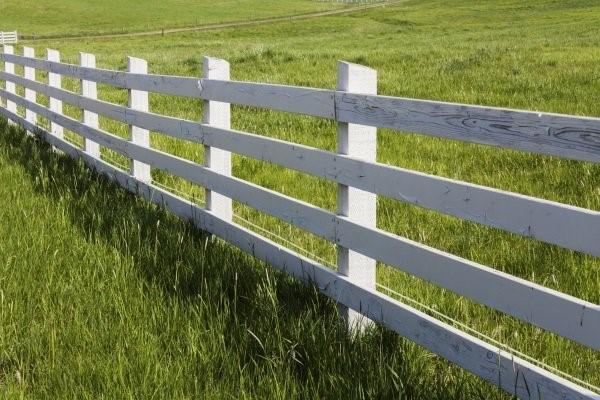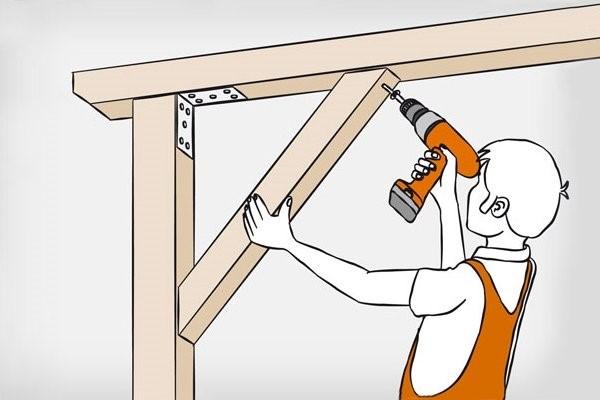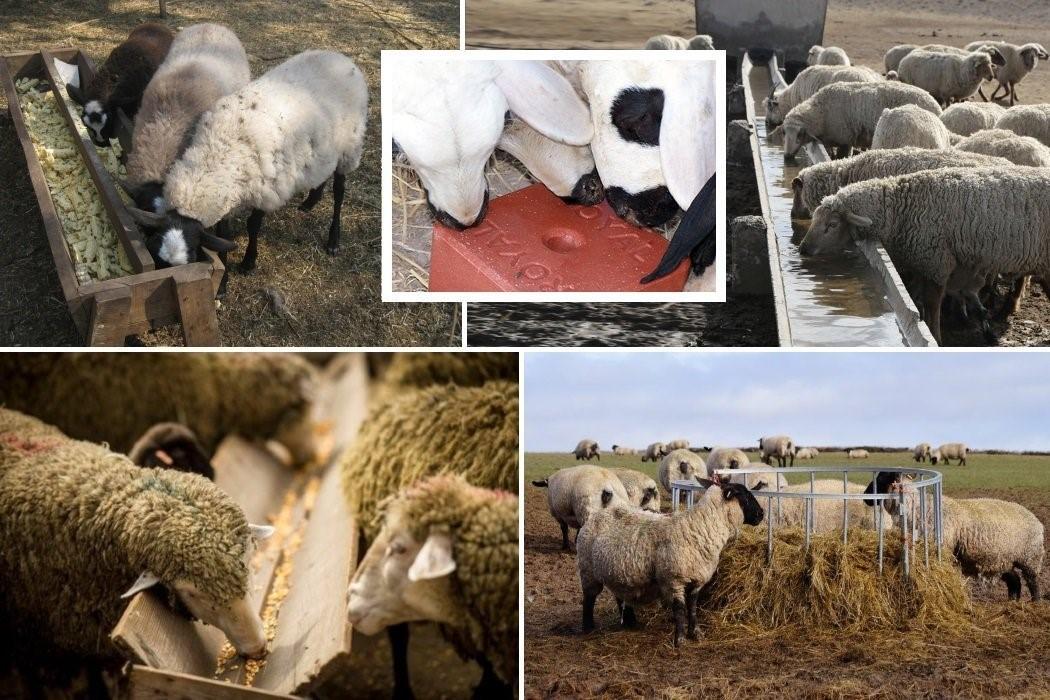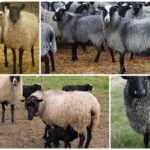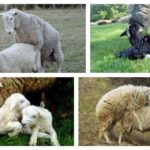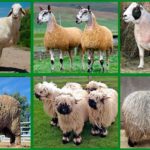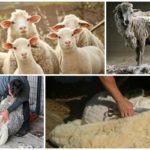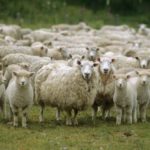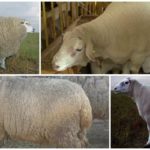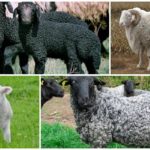The need for a special pen for keeping sheep arises for several reasons. In order for animals to be kept and fed in one place, to create appropriate conditions for a comfortable winter (especially in cold areas). Or because the number of animals has increased, the old sheepfold can no longer accommodate everyone. Next, we will study the options for homemade pen designs.
What is it for?
A sheep pen is a special housing where animals are kept, raised and conditions are created that are as close to natural as possible. Shepherds traditionally drive rams and sheep to pasture, using the pen only in cold weather or in emergency cases (for shearing). In Russian conditions, it is not always possible to keep animals in the open air. Often there is simply no room for this.
An example corral is shown in the video:
A sheepfold will reduce the risk of losing animals and will concentrate them in one place. And it will become easier to feed the sheep. Again, it is easier to ensure the required hygiene conditions for keeping, which reduces the risk of disease.
The main advantages of a sheepfold are as follows:
- the proximity of the conditions of detention to natural ones;
- protection from predators, concentration of sheep in one place;
- does not require a lot of service personnel (shepherds).
There are also disadvantages. It is necessary to carefully monitor the diet, adding food, and periodically cleaning the pen. Let's consider the main types of structures that can be implemented at home.
Types of structures
When choosing a pen design, be sure to take into account your own financial capabilities, the size of the sheep population and the complexity of implementation. The most common options include:
- Koshara.
- Portable fencing.
- Stationary pens.
- Baz.
A sheep pen is a simple pen for sheep. In essence, it is a fenced space for walking with a barn or house. It is used as an option for temporary housing, since it cannot completely replace a field or meadow, where sheep receive a lot of succulent grass in large quantities.
The next most popular option refers to stationary, mobile pens.They are the easiest to build: a fence is created that limits the movement of sheep around the territory. You can use lightweight shields, mesh stretched over poles, and standard sections for reusable use.
It is also possible to construct a canopy at home over a certain area from pipes and plastic. The base belongs to this type of construction. At the site of the future paddock, the groundwater level must be as low as possible so as not to flood the sheepfold. It is strictly not recommended to place a pen in lowlands.
An example of a base for sheep is shown in the video:
Design and drawings
In every business, calculation is important. The sheepskin will last and last a long time if you design it wisely. The size of the pen depends on the number of sheep in the flock and their composition. Young animals need more space and movement. Adult sheep have enough functionally necessary space.
For most options, there are ready-made, developed drawings. There are also special collapsible, industrially manufactured structures (scraping).
In some cases, the design will have to be entrusted to professional builders. But it will also cost much more. And a homemade pen from scrap materials for a small flock is much easier to assemble. Do not forget that the gate must be wide enough so that the animals do not crowd at the exit and do not collide. The pillars need to be strengthened and dug into the ground: the main load will fall on them. Partitions and sections must be designed to withstand the impact of sheep attempting to knock them out.
The approximate area of the paddock can be determined based on the following data:
| Animal species | Required space, square meters |
| Young animals | 0,8 |
| Adult sheep | 1,0 |
| Sheep with lamb | 3 (maximum) |
| Stud ram | 1,6 |
Knowing your specific data (herd composition), it is easy to calculate the minimum required paddock area.
Construction Materials
To build a homemade barn, you don't need a lot of materials. Basically, it is wood, durable and seasoned timber. So, to build a pen we will need:
- Posts, beams (2.5 meters minimum).
- Wooden plank.
- Coating materials.
- Bitumen mastic.
- Gravel, crushed stone.
- Cement.
- Rope or cord.
- Pegs.
- Hand drill, bayonet shovel.
- Meter, tape measure.
- Level.
- Plumb.
In addition, you will need: fasteners (nails, bolts, screws, steel staples), a hacksaw, drill or screwdriver, a container for mixing the solution, a pair of buckets, a wide brush. When choosing wood, it is not at all necessary to give preference to high grades that are free from defects. Relatively cheap pine lumber is quite suitable for a corral.
The main thing is that there are no deep cracks, rot, or severe distortions. Everything else will do just fine.
How to choose the right place?
Not every place is suitable for a stall. Paying attention to the strength of the structure (and sheep do not have a flimsy constitution, they can break a weak pen in a couple of hours), they also do not forget about observing the conditions of detention.
Animals are extremely susceptible to external stimuli. If the sheepfold cannot be located away from housing, roads, or any noisy objects, it is imperative to build a continuous fence or fence. Next, the geological conditions of the location of the shed and the base are taken into account. It is desirable that the site be level, compacted, and, if possible, on a hill (not in a lowland). This way the animals will feel comfortable, dry, and begin to reproduce normally and gain weight.
How to make a sheepfold with your own hands
There is nothing complicated about creating a sheepfold. With proper selection of materials, design, as well as taking into account the main nuances, even someone who does not have a special education can build it. It is convenient to split the whole process into several stages. First - the foundation, then - the frame, walls, roof, floor and gate.
Barn foundation
A sheep farm will last longer if you pay due attention to creating the foundation, the foundation of the sheepfold. Since this is not a residential building, the foundation can be created according to a simplified scheme. The pillars are embedded in drilled holes, which are filled with concrete.
Making a solid, strip base for a farm is unprofitable. It will be sufficient to securely fasten each load-bearing post, onto which the weight of the fence is distributed, into the ground using a mortar mixed with crushed stone, sand and cement.
At the same time, there should be no communications located under the future sheepfold (this should be found out in advance), or groundwater close to the surface.
Holes for supports are drilled or dug. The area should first be marked using pegs and a cord. Approximate depth - up to 40 centimeters (depending on soil structure). For dense soil, the depth is up to 60 centimeters, for loose, bulk soil - up to 1 meter or more. A cushion of crushed stone and gravel must be poured onto the bottom of the pit.
barn frame
The supporting frame is formed by racks and cross members. Before you begin installing the supports, they need to be prepared. The lower part, which will be in the ground, is impregnated with bitumen mastic to avoid destruction.Used machine oil or drying oil will do. The applied layer must dry.
Then the racks are embedded in the holes and filled with concrete mortar. It can be mixed in a suitable sized trough or concrete mixer. It is possible to use ready-made construction mixture, this will speed up the process. The racks must be fixed while the solution hardens. They cannot be loaded for several days (about 3 days). The verticality of the pen supports is checked with a plumb line, visually.
When the solution has hardened, they begin laying the crossbars. The first is located at a height of 15-20 centimeters from ground level. Next, depending on the chosen design, continuous or thinned cladding is made. Long crossbars will ensure reliable connection of the frame. If it is not possible to use large pieces, you can splice beams or boards. The seams in the vertical plane should not coincide (be staggered).
Corral walls
When the decision is made to make not just a pen, but a room, walls are created in it from boards, corrugated sheets, and wooden panels. Fastening to the frame is done with nails, screws, special staples - which option is better - the owner will choose. The walls of the pen must withstand the impact of the hoof and the weight of the animals. And for cold areas, they also serve the function of protecting sheep from precipitation and bad weather.
Barn roof
To create a pen canopy, beams are mounted, which are then sheathed with corrugated sheets, plastic, and slate. If the area of the structure is large, lathing is done before installing the flooring; it will cover the windows between the beams.
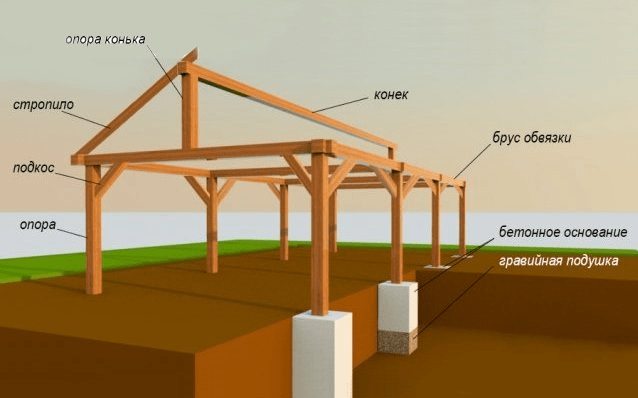
The fastening of the pen covering structures is arbitrary - with nails, corners and self-tapping screws. Examples are shown in the figures:
The main thing is that it is reliable and durable.
Shepherd floor
It is permissible to leave the floor of the pen earthen, tamping or rolling it. If the structure is intended to be long-term, boards can be laid. But it will cost more. Cement mortar flooring is not recommended as it is too cold for sheep. We do not forget that the main condition is to ensure comfort when keeping animals.
Gates
The gates of the pen are made with the expectation of simultaneous passage of 2-3 sheep. It is better to make 2 doors or equip a separate entrance for people. The assembly of the gate begins with the frame. Then it is sheathed with boards. Finally, the sash is hung on hinges, attaching it to the pen post. The loop must be able to easily support the weight of the collar.
A lock is provided to prevent sheep from running away from the pen.
Arrangement of the corral
When construction is completed, they begin to install feeders, drinkers and salt licks. The choice of feeders is determined by the purpose of the pen: for fattening (for slaughter) sheep, for keeping or raising young animals.
It should be easy for animals to find food and water in the pen.

